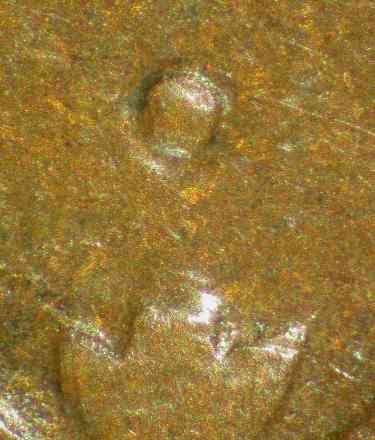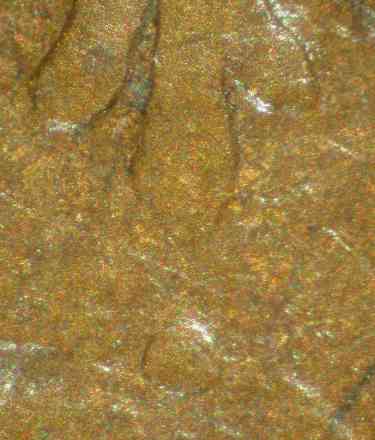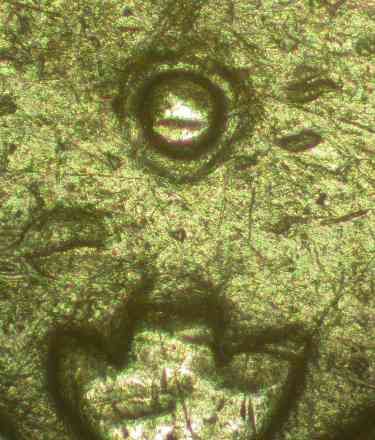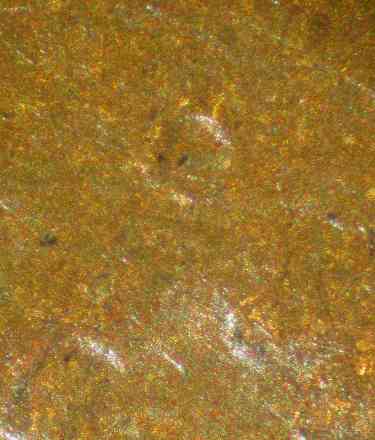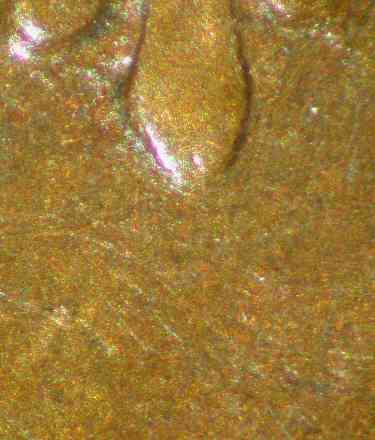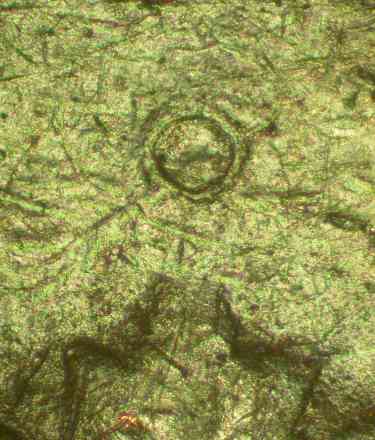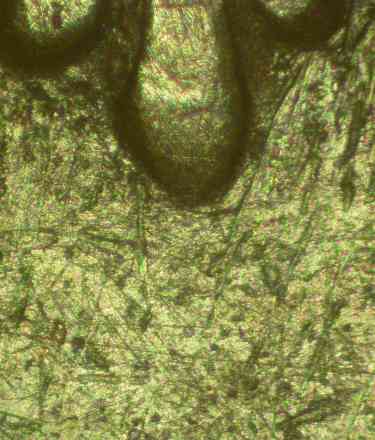7th July 2003:
A few days ago Geoff Raynes of Kalgoorlie WA discovered a hitherto
unpublished variety of the 1920 penny. The reverse features a dot over the lower
scroll but the obverse is the London die pattern. The mere existence of this coin
could lend some support to John Sharples' correlation of the reverse dot configurations
to the two Australian mints.
The discovery of this coin some 83 years after it was
minted suggests that the study of Australian Commonwealth coinage has not yet reached
the point where everything is known.
13 July 2003
A second specimen
has been found by Peter Andrews in Melbourne. Peter notes that there are significant
differences between the coin that he found and the one discovered by Geoff Raynes,
suggesting that at least two reverse dies were used.
The 1920 penny is an even more complex issue than the 1919.
Two obverse dies (London and Calcutta) were used although by far the greater majority
of coins were struck with the Calcutta obverse. All 1920 pennies have the Calcutta
reverse. In addition there were several dot varieties.
-
No dot
-
Dot under lower scroll
-
Dot over lower scroll
-
Double-dot, i.e. dot under lower scroll and dot over upper scroll
-
Dot over upper scroll
In some cases the dots signify the mint of issue but when that is the case it is
coincidence in that the use of dies with a particular configuration happened to
be confined to a single mint. The dots really indicate the origin of the dies, not
the mints which struck the coins. The basic research on this subject was done by
John Sharples25
in the mid-eighties. It has also been suggested5
that the coins with a dot over the upper scroll are degenerate examples of the double-dot
variety but my own careful examination of two specimens suggests that the variety
is distinct.
The various combinations of dies and dots yield at least eight varieties. Since
this would yield an excessively wide table I have split off the London obverse combinations.
The mint designators in the tables must be regarded as speculative with the exception
of the London obverse coins and the "dot over lower scroll" variety where
the mint can be attributed with some certainty. The 1C-/./ was probably minted in
Sydney.
Fortunately, there doesn't seem to be any date variation to complicate this picture
so the number of varieties is probably just eight, although there is the faint possibility
that there may be even more undiscovered dot/die combinations.
To get some idea of the scarcity of the varieties, I present the results of two
surveys. The first column represents a subset of my own collection comprising 26
coins pulled from a commercial hoard and 6 coins from a U.S. dealer's stock book.
This subset is as close as I can get to an unbiased sample. I have several more
specimens but they were all selected for variety and so they are excluded. Even
so, my own sample is pitifully small.
The second column represents 170 coins surveyed by John Sharples who says that
the sample is likely to be somewhat biased in favour of the rarer coins.
Two surveys
Variety
|
Saxton
|
Sharples
|
1C-//
|
1
|
0
|
1C-//.
|
1
|
8
|
1C-/./
|
0
|
0
|
2C-//
|
15
|
96
|
2C-//.
|
2
|
36
|
2C-/./
|
6
|
24
|
2C-.//
|
0
|
3
|
2C-.//.
|
1
|
3
|
2C-?
|
6
|
|
Total
|
32
|
170
|
Despite the small sample sizes and the acknowledged biases, there is a remarkable
correlation between the two surveys and the only significant difference is the shortage
of 2C-//. specimens in my sample. One thing should be immediately apparent, namely
the supposed scarcity of the "no dot" variety as indicated in the valuations
given in the two popular catalogues is totally unsupported by observation.
Reverses
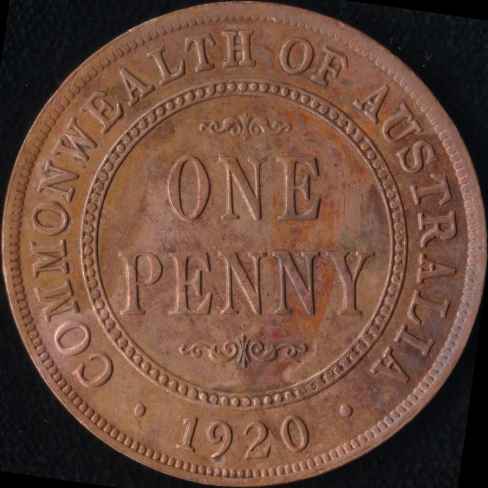
|
P20S.2C
Dot over lower scroll.
All other varieties are similar to this one; the reverses differ only in the
numberof dots and their location with respect to the upper and lower scrolls.
Incidentally, this coin was afflicted with bronze disease and is an example
of a coin which really did need to be cleaned.
|
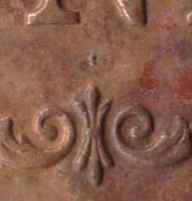
|
A close-up view of the dot over the lower scroll.
|
The following illustrations demonstrate that the "dot over upper scroll"
variety is likely to be genuine. We start with a double-dot penny.
A double-dot 1920 penny
|
|
Micrographs showing the upper and lower dots of a 1920 "double dot" penny
in normal (halogen) light.
|
|
|
The same dots on the same penny but this time photographed with through-the-lens
illumination augmented by a lambda plate. In this configuration the microscope reveals
the most minute contours on the coin.
|
1920 penny with dot above top scroll
|
|
Region above and below the scrolls on a "dot above upper scroll" 1920
penny.
|
|
|
The same portions of the same coin photographed with the microscope in contour-enhancing
configuration. Note that there is not the slightest trace of a dot under the lower
scroll.
|
[ Home Page | Pennies
| Australian coins ]
Visitors
Most recent revision: 15th July 2003
Copyright ©2002,2003, Triton Technologies International Ltd, all rights
reserved.


